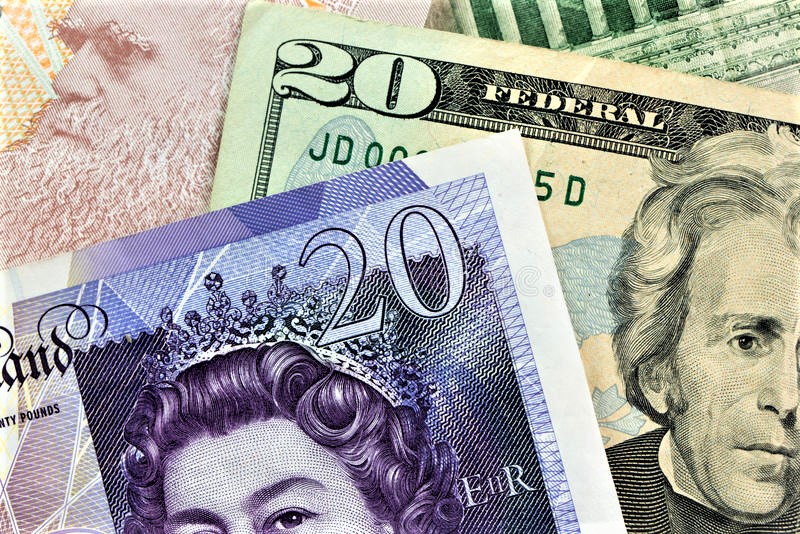In anticipation of the US September inflation report, investors have been reluctant to commit to sizable positions, which have prevented the EURUSD currency pair from making a clear move in either way.
Christine Lagarde, president of the European Central Bank, revealed on Wednesday that talks about quantitative tightening had begun. Klaas Knot, an official with the European Central Bank (ECB), stated that I see no indication that with steps up to 75 basis points we would not be able to fulfil our price stability requirements 2% inflation over the medium term. However, these comments did not contribute to the shared currency’s growth.
The Relative Strength Index (RSI) indicator on the four-hour chart is still moving laterally and just around 50, so the near-term technical outlook does not indicate a directional bias.
Additionally, EUR/USD is still trading close to the 20-period SMA, which highlights the pair’s ambiguity.
Prior to 0.9650, 0.9680 (the static level and lower limit of the trading range) lines up as temporary support (static level).
If the latter is broken by a four-hour closure, EUR/USD may continue to fall toward 0.9600.
Before 0.9760 (100-period SMA) and 0.9780 (Fibonacci 50% retracement), which serve as immediate resistance on the upswing, is 0.9720 (Fibonacci 61.8% retracement of the most recent rise).









